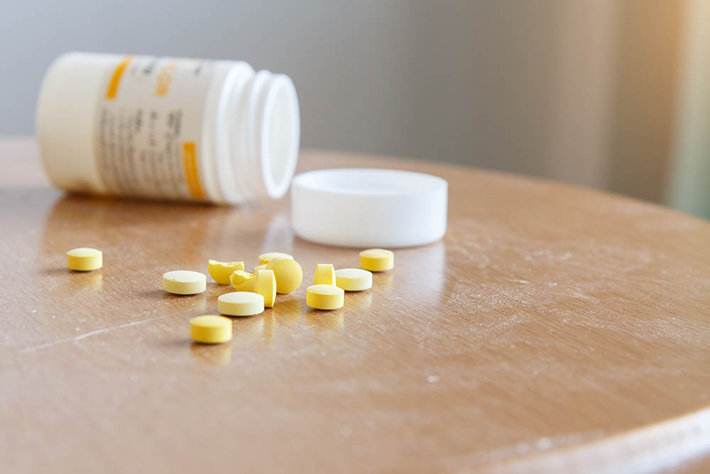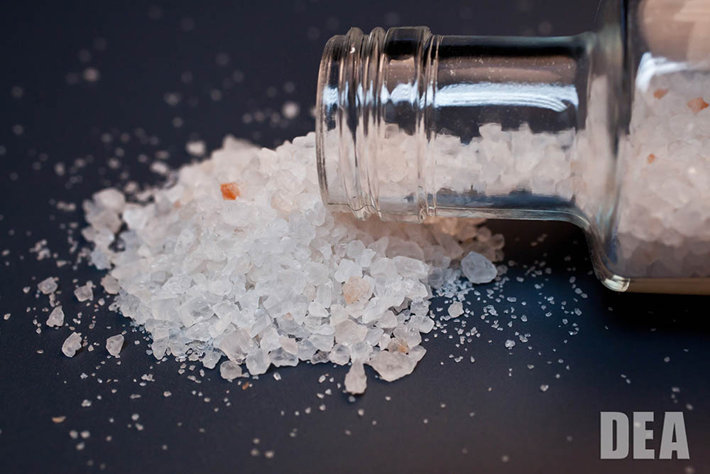2016: The Year in Review
When your work is helping the addicted recover their sobriety, today’s newspapers and magazines don’t bring you a lot of good news. There are warnings of drugs currently taking lives and drug use trends to tell us where we need improvement. Here’s what we witnessed in 2016.
March
The CDC guide for opioid prescribing: In March, the Centers for Disease Control and Prevention took steps to reduce the number of misused prescriptions for pain medication by issuing a new guide for practitioners on how to prescribe. “Start Low, Go Slow,” the CDC advised—meaning to give patients the lowest effective dose to start and make dosage increases only slowly and when necessary.

April
The loss of Prince: In April, we lost Prince to an overdose of fentanyl. The musician also had a powerful illicit opioid known as U-47700 in his body at the time of his death. He had no prescriptions for fentanyl so he was apparently buying drugs from an illegal source. He kept his constant pain a secret from most people for many years.
May
Police in Massachusetts begin a diversion program: In May, Gloucester police chief Leo Campanello announced that his department would begin helping the addicted find openings for rehabilitation, instead of simply incarcerating them. All the person had to do was walk into the police department and ask for help. Later in 2016, other police departments followed their example.
June
U.S. death rate increases: In June, analysts noted that the death rate in America had increased and a hike in drug overdoses—especially among whites—seemed to be contributing to this increase. This change was considered a possible “signal of distress in the health of the nation”.
July
Fake prescription drugs: Some people avoid heroin because they know that the potency is completely uncontrolled and it can be contaminated with dangerous adulterants. So they may prefer buying prescription drugs instead of heroin. Drug traffickers came up with the idea of pressing the powerful painkiller fentanyl (illicitly manufactured) into pills shaped and colored like legitimate prescription drugs. In July, the Drug Enforcement Administration warned the public that the pills they might buy on the illicit market could be something other than what they expect.
Synthetic drug overdoses: Also in July, New York City officials coped with a string of synthetic drug overdoses. Those affected were highly agitated, incoherent, zombie-like or even violent. Others acted like they had overdosed on opioids. In just two days, 130 people were taken to area hospitals for care.

August
In August in Los Angeles, 18 people overdosed on synthetics in a single day. Particularly bad batches of synthetic drugs were blamed in both Los Angeles and New York City. Days later, five people were arrested for distributing synthetic drugs in the Los Angeles area.
September
Carfentanil: In September, the Drug Enforcement Administration issued a warning about the drug carfentanil that was found in opioid supplies. This drug is 10,000 times more powerful than morphine. Its only use is tranquilizing large animals such as elephants or giraffes. Because it is a synthetic drug, it is cheap to manufacture and drug traffickers may add a little to heroin supplies to give them more “kick.” But the tiniest bit too much carfentanil in the supply began resulting in deaths in Ohio, Florida, and other states.

October
Opioid poisoning among teens and toddlers: Between 1997 and 2012, hospitalizations for opioid poisoning increased sharply for teens and toddlers, according to a study published in October in JAMA Pediatrics. Toddlers are exposed to adults’ pills when they are left around the house, easily available for the next scheduled dosage. Teens over the age of 15 were most often trying to commit suicide, while others ingested the pills recreationally. The increase resulted from the astronomical number of prescriptions for opioid painkillers being written by doctors: 259 million in 2012.
December
Rural newborns and opioids: A study published in the Journal of the American Medical Association Pediatrics reported that rural hospitals were seeing far more newborns withdrawing from the opioids their mothers had been addicted to. Between 2004 and 2013, the proportion of newborns struggling with Neonatal Abstinence Syndrome increased sevenfold in rural areas, and fourfold in urban areas.
Monitoring the Future report: In December, the annual Monitoring the Future survey was released. This survey asks tens of thousands of eighth, tenth and twelfth-grade students about their drug and alcohol use. While the use of most drugs was on a downward trend, marijuana use was still high among twelfth-grade students. Also worrying was the fact that in all three grades, fewer students saw a “great risk” in using marijuana regularly.
While the reduced use of alcohol and most drugs by teens is a bright spot, the continual increase of opioid deaths nationwide proves that we are not yet on top of the drug abuse problem in this country. Certainly, it is never easy to recover from addiction. The Narconon drug rehab program has been offering a drug-free solution to addiction for more than fifty years. In dozens of rehab centers around the world, tens of thousands of people between the ages of 18 and 70 have found their solution for lasting sobriety within our doors.
Learn how this solution can offer a bright new life to someone you love. Call Narconon today to get the help you need to start your loved one—or you—on that new, sober path.


 ®
®